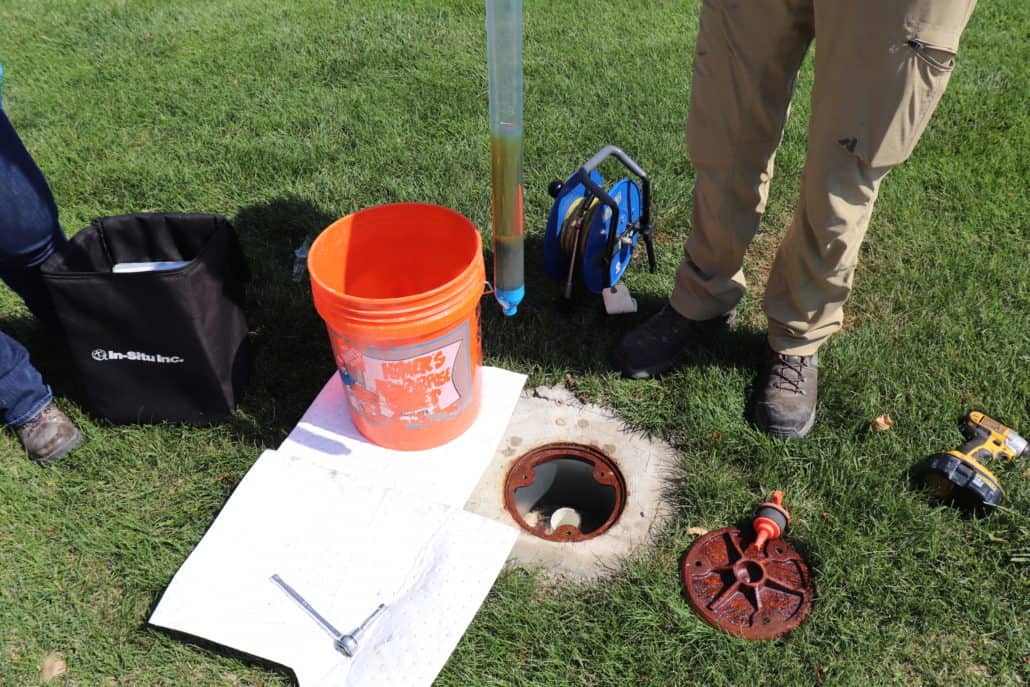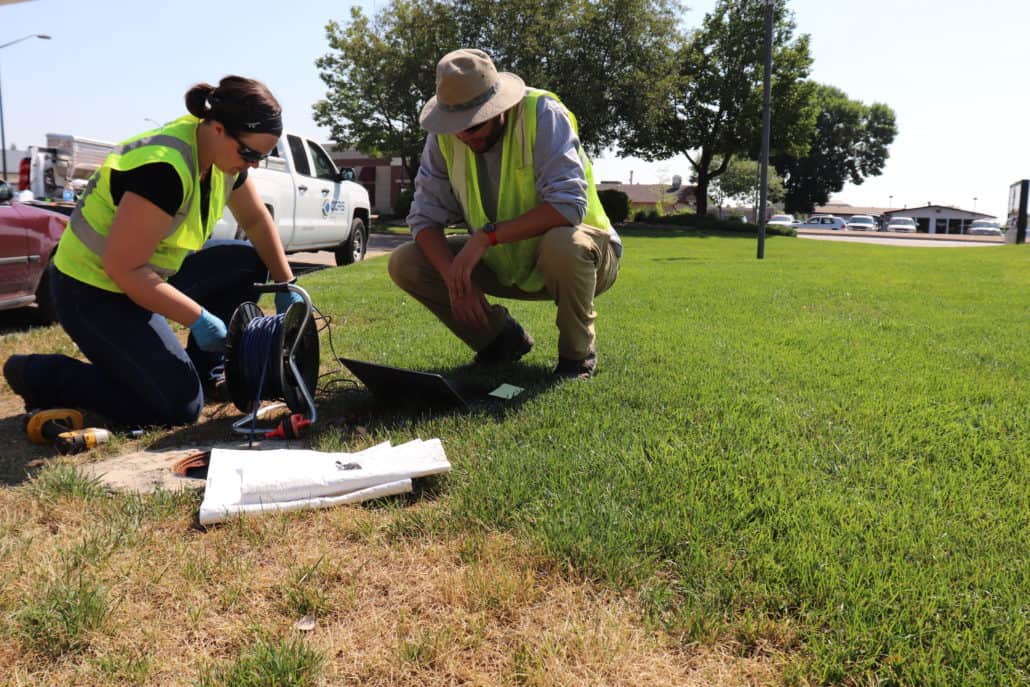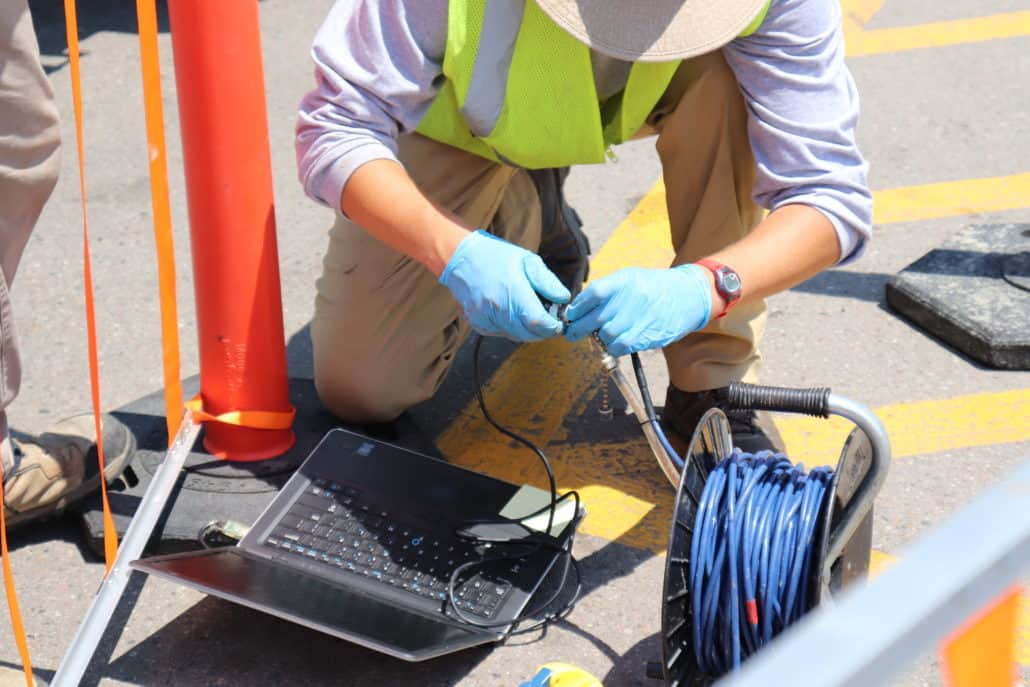Groundwater modeling: protecting water from contaminants
If oil, fuel or other hazardous material contaminates groundwater, it could affect people’s health, especially if the substance makes its way into drinking water or irrigation wells.
Whenever CGRS is called to a site where groundwater contamination has been discovered, we perform required contaminant fate-and-transport groundwater modeling.
Before understanding what that is, it’s important to know how groundwater moves through soil.
Groundwater exists in the pores of the soil below the ground surface. The type of soil determines the size of the pores and, therefore, how fast or slow the groundwater is moving. For example, a clay-rich soil’s particles are like small flat pieces of confetti, and they will stack and block the space between open pores. Modeling will typically show a relatively slow or immobile groundwater supply in this kind of soil. However, if coarse sand makes up the soil, the grains of sand will create large open pores, allowing the groundwater supply to move more freely and possibly quicker.
In our industry, we use groundwater modeling as a forensics tool to determine where a contaminant is moving to and how quickly it’s moving. CGRS can perform of a number of tests to assist in determining groundwater flow velocity, how quickly it will move through soil, and how long it would take for it to approach a property boundary, buried utility, drinking water well or other point of exposure (POE).
We can determine if it will impact human health and the environment, and if it’s necessary to shut down drinking water or irrigation wells until the site has been cleaned up. Modeling also helps us to design remediation systems and effective Corrective Action Plans (CAPs). Whenever possible, our goal is to establish Tier 1 closure for the property owner, meaning the soil and groundwater meet the same national standard for clean drinking water following remediation efforts.
When a release results in groundwater contamination on your property, call the environmental experts at CGRS to determine release extent and how to proceed. It’s just another way we have your back!





